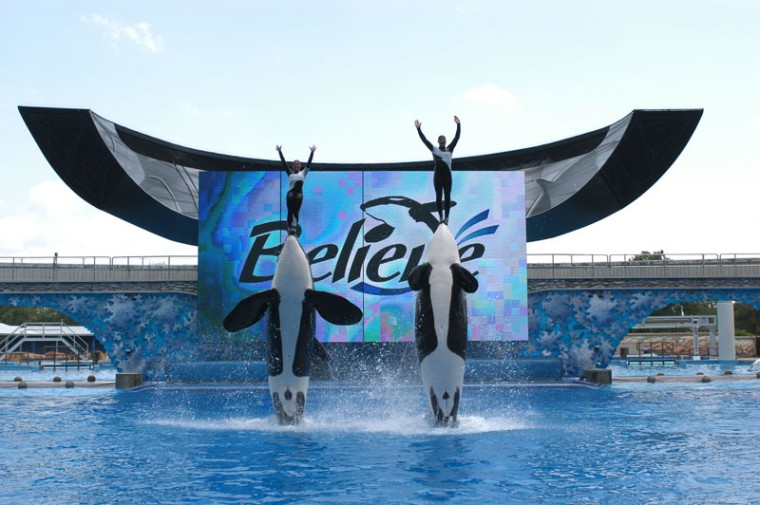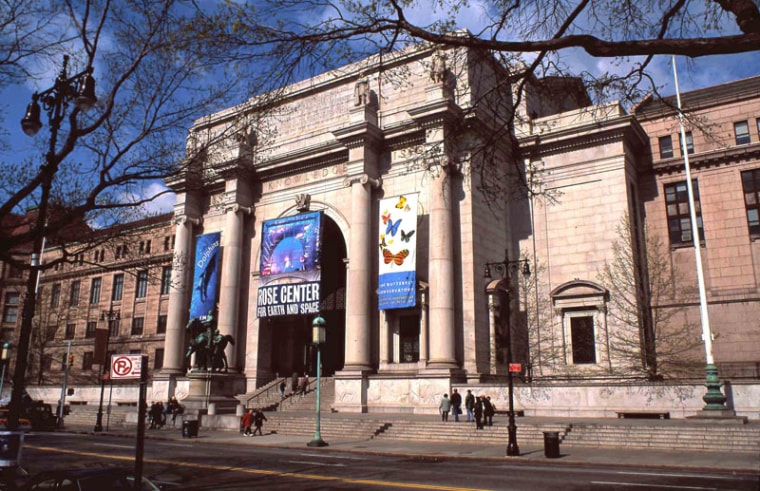The Forbes Traveler 25 Most Visited U.S. Tourist Attractions list pits the spectacles of nature against the drama of the man-made. While our list includes the thundering falls of Niagara, it also features the harrowing water-chutes of Disneyland’s Pirates of the Caribbean.
Our research suggests that tourists appreciate renowned art collections and sunny beaches in equal measure. Each year, roughly the same number of visitors (about 4.5 million in 2006) explore the hallowed halls of New York’s Metropolitan Museum of Art as wile away their days off on the sands of Honolulu’s Waikiki Beach.
Theme parks, though, make a strong case for tourists’ taste for the artificial. As evidenced in our survey of the top global tourist attractions, the industry energized by Disney dominates the domestic tourism landscape as well. Seven of our 25 attractions are amusement parks; Disney World’s Magic Kingdom, in Lake Buena Vista, Florida, remains top-mouse in the theme-park world, with 17.1 million visitors in 2007.
Christian Aaen, principal with Economics Research Associates, which recently released its third annual Attraction Attendance Report for amusement parks, says Disney is “still the strongest brand in the theme-park industry, especially for families.”
The original Disney theme park, in Anaheim, Calif., opened in 1955 and built what Aaen calls a “destination complex”—an agglomeration of hotels and adjacent attractions that draws in tourists for prolonged stays. Aaen says Disney was the first to figure out that, “instead of selling seven hours, it’s better to sell seven days.”
Other theme park dynasties have been following Disney’s lead ever since. Universal’s Orlando entertainment megaplex includes two theme parks (Universal Studios Florida and Universal's Islands of Adventure) which are also accompanied by Universal CityWalk, an entertainment-mall complete with music, shopping and dining venues. However, we used just the numbers for Universal Studios as a watermark for visitation to this Orlando destination complex. Last year 6.2 million flocked to its movie and TV-based attractions.
Mike Leco, publisher of USATourist.com, says that among his hundreds of thousands of readers, who are mostly foreign tourists, “New York City is the clear leader” as a tourist-attraction destination, “with Orlando (Disney World) in second place. Los Angeles, San Francisco and Las Vegas are probably next in line,” he says. Our list falls in-line with Leco’s feedback. These popular U.S. metropolises are well-represented on our list, although icons like the Empire State Building may figure lower than you’d expect.
“Many foreign visitors are interested in seeing the natural scenic attractions like the Grand Canyon, Yosemite and Yellowstone National Parks,” adds Leco. The 6-million year old canyon does make our list, but a hybrid “man-made” natural attraction outdrew it in attendance last year: the Nevada hot spot Lake Mead (where the Hoover Dam blocks the Colorado River), received three million more visitors than the Grand Canyon, probably as a result of the lake’s popularity for recreational sports and its proximity to urban centers. The famous American National Parks Yosemite and Yellowstone, alas, didn’t make the cut. The Great Smoky Mountains took top honors in the national park category.

Although it doesn’t top our list, perhaps the mother lode of American tourist attractions—in the classic sense of iconic, culturally significant sites—is Washington, D.C. The National Mall’s abundance of public monuments and museums inspire some 24 million people to visit each year. Mike Weingart, a travel specialist with Carlson Wagonlit Travel, explains part of the reason for the popularity of the tourist attractions in the nation’s capital: “Washington always presents a good value with the numerous museums that are free of charge. So, should people feel the economy might be a little weaker, Washington is a good choice.”

Among the Mall’s free monuments, museums and landmarks are the Lincoln, Washington and Jefferson Memorials, and the World War II and Korean War Veterans and Vietnam Veterans memorials. And the Smithsonian’s National Museum of Natural History alone drew 7.1 million visitors last year.
So how did we define tourist attraction, and where do the numbers come from?
Defining a tourist attraction involves navigating some categorical grey areas, but we stuck with discrete sites of historical or cultural interest; natural phenomena and landmarks; and delimited (or officially designated) spaces of entertainment and recreation.

While we’ve included some destinations that have strong commercial components, such as Times Square or San Antonio’s River Walk, we’ve excluded stand-alone shopping malls and casinos. (If we hadn’t, the Foxwoods Resort Casino in Connecticut, which claims 40,000 visitors per day, and Minneapolis’s Mall of America, with 40 million annual visitors, would have topped our list.) For Las Vegas and Atlantic City, we’ve identified the tourist attraction as an iconic public space—the Strip and Boardwalk, respectively—although both can surely attribute their robust traffic to the jackpot-seekers at the slot machines and craps tables nearby.
Finally, while we’ve included a few of the shorter roads and walks as tourist destinations, we left out long stretches of road like the Blue Ridge Parkway, which tops the Park Service’s visit report with 17.4 million in 2007 because its 469 miles stretched our definition of a tourist attraction.
We’ve used the most up-to-date available numbers from the tourist attractions themselves along with data from reputable media sources, government agencies and tourism industry reports.
So which Boston landmark edged out Disney on our list? Which attractions ended up in a three-way tie for the No. 25 spot?
